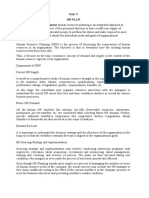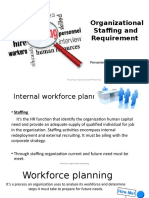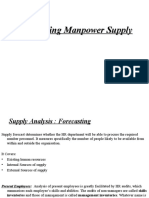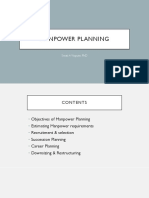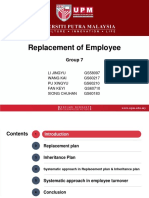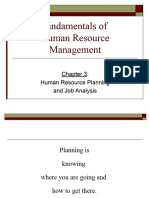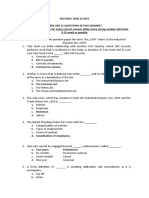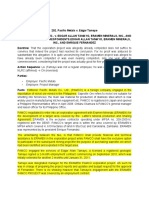0% found this document useful (0 votes)
55 views8 pagesHandout - 7 - Supply of HR
Uploaded by
foujia.sorna16200Copyright
© © All Rights Reserved
We take content rights seriously. If you suspect this is your content, claim it here.
Available Formats
Download as PDF, TXT or read online on Scribd
0% found this document useful (0 votes)
55 views8 pagesHandout - 7 - Supply of HR
Uploaded by
foujia.sorna16200Copyright
© © All Rights Reserved
We take content rights seriously. If you suspect this is your content, claim it here.
Available Formats
Download as PDF, TXT or read online on Scribd
/ 8












